Bruce Hodges visits the American Philosophical Society, Philadelphia, PA, US, on 23 March 2025 for the performance of Kaprálová, Pejačević, Gubaidulina, Bacewicz and Auerbach
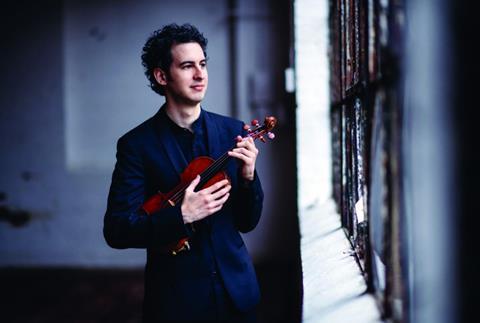
Among the delicacies on this fascinating programme titled ‘Women’s Voices from Eastern Europe’, perhaps no story is as poignant as that of Vítězslava Kaprálová. She wrote Legend in 1932, aged just 17, before her premature death at 25. As performed by Itamar Zorman and Ieva Jokubaviciute, this lovely idyll made an arresting opening. The 1921 Violin Sonata that followed, by Dora Pejačević (1885–1923), was scarcely less riveting, combining stirring Romanticism with pungent Slavic folk melodies.
More poignancy followed, given the recent death of Sofia Gubaidulina, her Dancer on a Tightrope bringing forth even more emotion than usual.
Three short works by Grażyna Bacewicz only reinforced the impression that she is finally getting her due. In Zorman’s hands, her Slavonic Dance evoked a Polish Paganini, with commensurate skittering virtuosity. Witraz (‘Stained Glass Window’) reveals its colours slowly, with the violin in long phrases against a glittering piano backdrop. And then in Oberek, Zorman erupted with dazzling fingerwork alongside a fiery bow.
Introducing Lera Auerbach’s Violin Sonata no.3, Jokubaviciute commented on its bare bones, strength and darkness. In the third movement, Zorman inched up the E string with a pale pianissimo, which gradually evaporated. At the end comes a coup: as the pianist grows ever softer, the violinist continues bowing with the right hand, while gently turning the peg with the left, lowering the G string as the sound decays. The duo made the most of an ending unlike anything else in the literature. And Pejačević’s brief 1902 Canzonetta made a lovely, more hopeful encore.
BRUCE HODGES
Review: Itamar Zorman: Violin Odyssey
The Strad Podcast Episode #50: Itamar Zorman on violin globetrotting



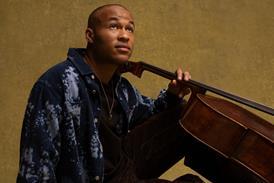
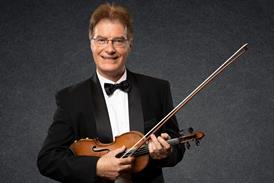

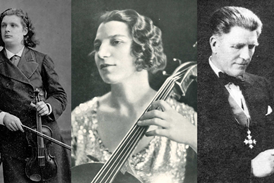



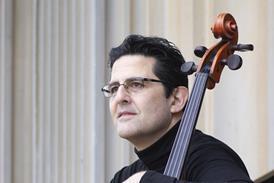
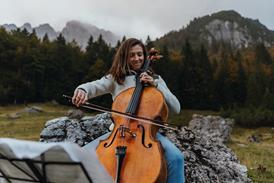

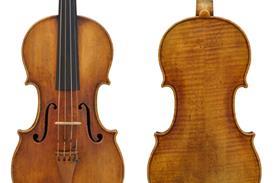
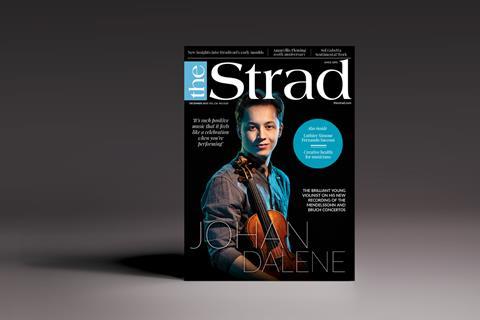
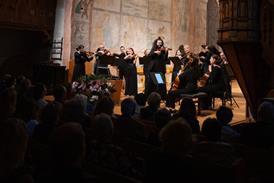

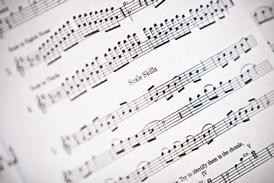
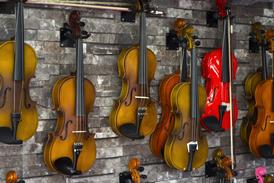

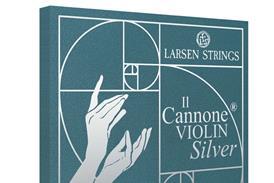

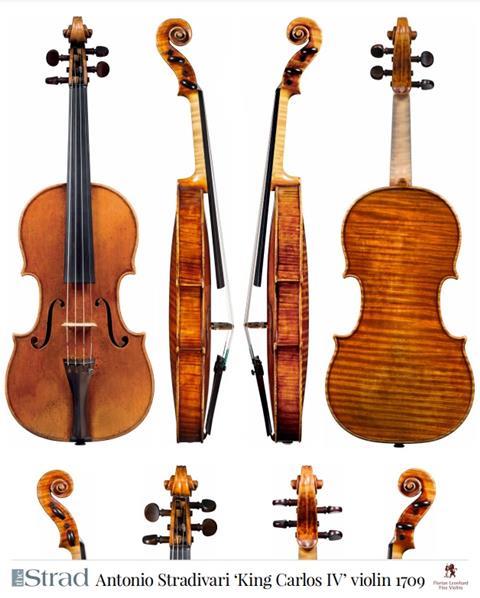
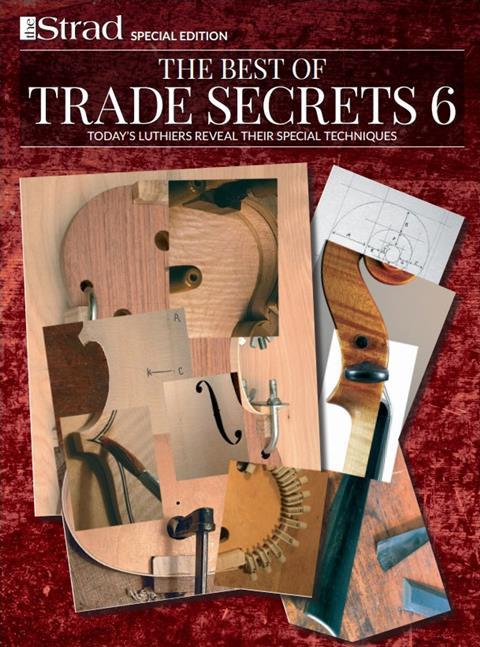
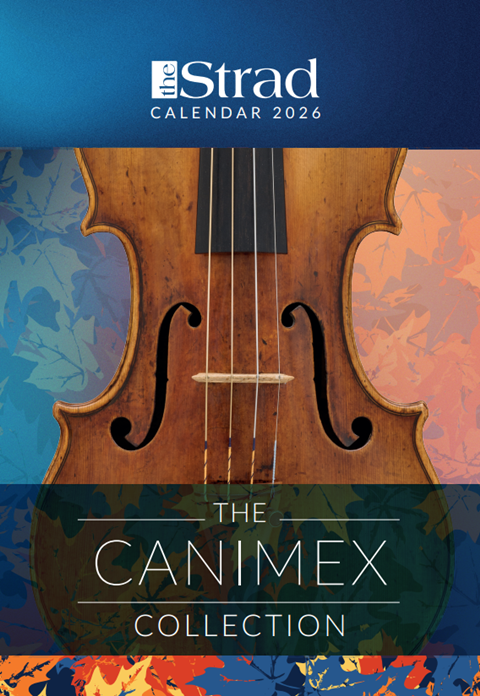
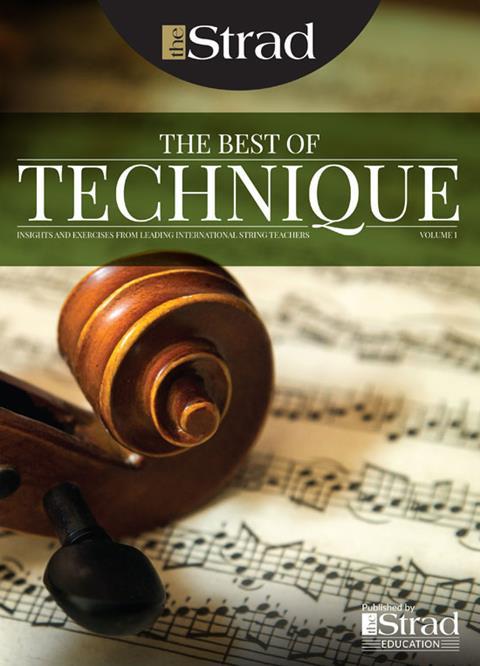
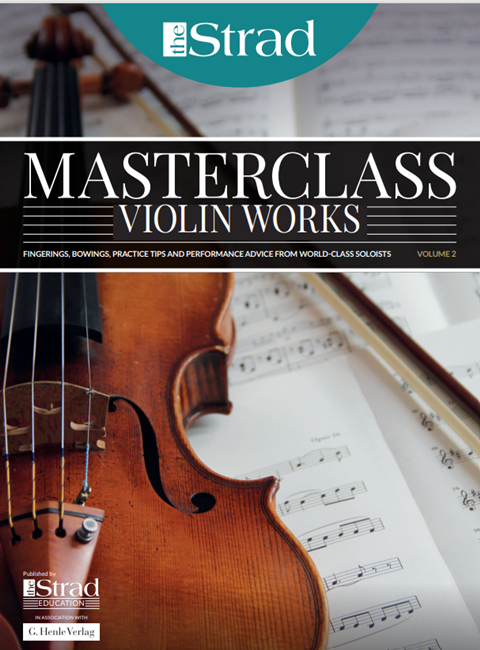
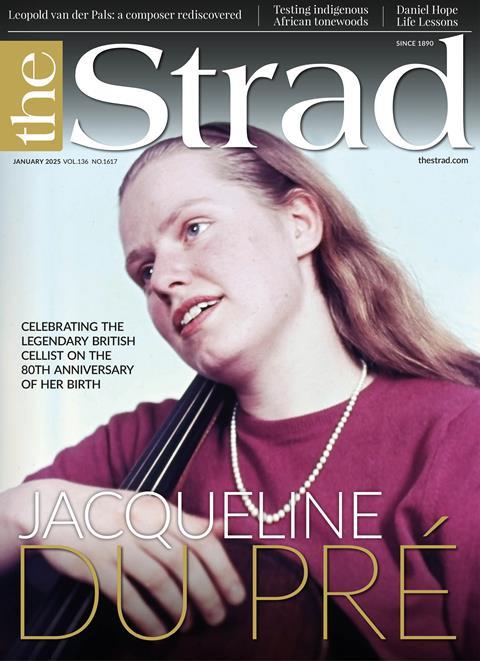
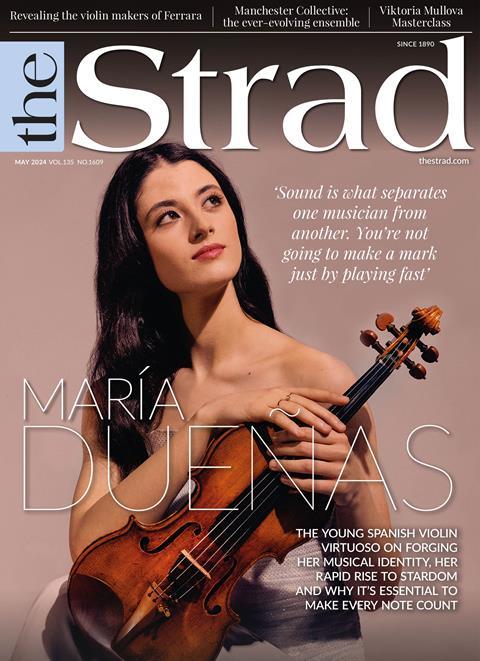
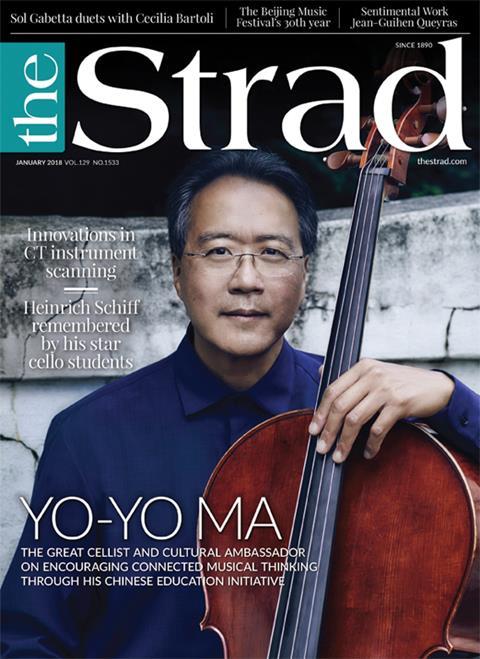












No comments yet